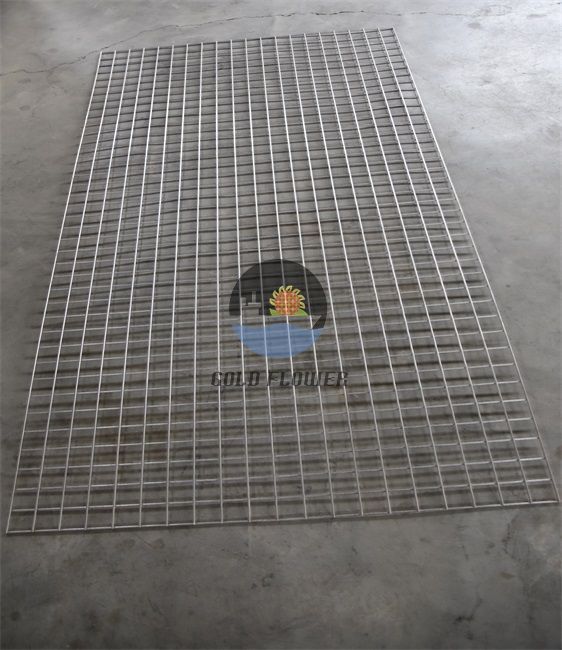Dec . 01, 2024 02:00 Back to list
Exploring Various Materials for Effective Air Filter Solutions
Understanding Air Filter Materials A Comprehensive Overview
Air quality is a significant concern in today’s world. With increasing pollution levels and the prevalence of airborne impurities, having effective air filtration systems has become essential. At the heart of these systems lie various air filter materials, each designed to tackle specific airborne contaminants. This article explores the primary types of air filter materials, their advantages, and their applications.
1. HEPA Filters
High-Efficiency Particulate Air (HEPA) filters are among the most recognized and widely used air filter materials. To qualify as a HEPA filter, it must capture at least 99.97% of particles that are 0.3 microns in diameter. This capability makes HEPA filters effective against dust, pollen, pet dander, mold spores, and even some bacteria and viruses.
HEPA filters are primarily constructed from a mat of randomly arranged fibers, which typically consist of fiberglass. The fibers create a thick maze that traps particles as air passes through. This filter type is commonly used in home air purifiers, HVAC systems, and hospital settings due to its high efficiency and reliability. However, one downside is that HEPA filters can restrict airflow, necessitating regular maintenance and replacement to ensure optimal performance.
Activated carbon filters are designed to remove odors, gases, and volatile organic compounds (VOCs) from the air. They consist of activated carbon, which is charcoal that has been treated to increase its surface area. This increased porosity allows it to adsorb a wide range of pollutants effectively.
The primary advantage of activated carbon filters is their ability to improve indoor air quality by eliminating unpleasant odors—from cooking, pets, smoke, and other sources. They are commonly used in kitchen ranges, air purifiers, and HVAC systems, often in conjunction with HEPA filters to provide comprehensive air treatment. However, it is essential to note that while activated carbon excels in odor removal, it is not effective in removing particulate matter.
3. Polypropylene Filters
Polypropylene filters are synthetic media made from melted plastic fibers. These filters are engineered to capture airborne particles and microorganisms. Polypropylene is often used in bag filters and pre-filters, serving as a cost-effective solution for removing larger particles before air passes through finer filters, such as HEPA.
air filter material

One major advantage of polypropylene filters is their resistance to moisture and other environmental factors, making them suitable for various applications, including industrial settings. They can effectively filter out dew, dust, and other contaminants, enhancing overall air purity.
4. Electrostatic Filters
Electrostatic filters utilize electric charge to attract and trap particles. These filters can be either disposable or washable and are often made from various fibers that carry an electric charge. They are particularly effective in capturing smaller particles, including smoke and mold spores, due to the charge that helps them adhere to the filter material.
The two primary benefits of electrostatic filters are their efficiency and low resistance to airflow, which can lead to energy savings. However, they need to be maintained regularly, as their electrical charge can weaken over time.
5. Foam Filters
Foam filters are made from open-cell foam and are often washable and reusable. They serve primarily in removing larger particles and can be used in both residential and commercial applications. Their design allows for good airflow while still capturing dust and debris effectively.
While foam filters are versatile and economical, they may not be the best choice for capturing smaller particles on their own. However, they can be an excellent first line of defense when used in conjunction with more advanced filtration technologies.
Conclusion
Selecting the right air filter material is crucial for ensuring optimal air quality in any environment. Whether dealing with allergens, odors, or hazardous particulates, understanding the specific properties and applications of various air filter materials—such as HEPA, activated carbon, polypropylene, electrostatic, and foam filters—can help consumers and industries make informed decisions. In our quest for cleaner air, investing in the right filter can profoundly impact health and well-being.
share
-
Screen Mesh Price Deals | gpt-4-turbo Optimized Pricing
NewsAug.01,2025
-
CE Certified 250 Micron Stainless Steel Filter Mesh | Premium
NewsJul.31,2025
-
CE Certified 250 Micron Stainless Steel Mesh | Premium Filter
NewsJul.31,2025
-
CE Certification Buy Wire Mesh Fence for High Security and Durability
NewsJul.30,2025
-
Stainless Steel Mesh Filter Discs for Precise Filtration Solutions
NewsJul.29,2025
-
CE Certification 250 Micron Stainless Steel Mesh for Industrial Use
NewsJul.29,2025

